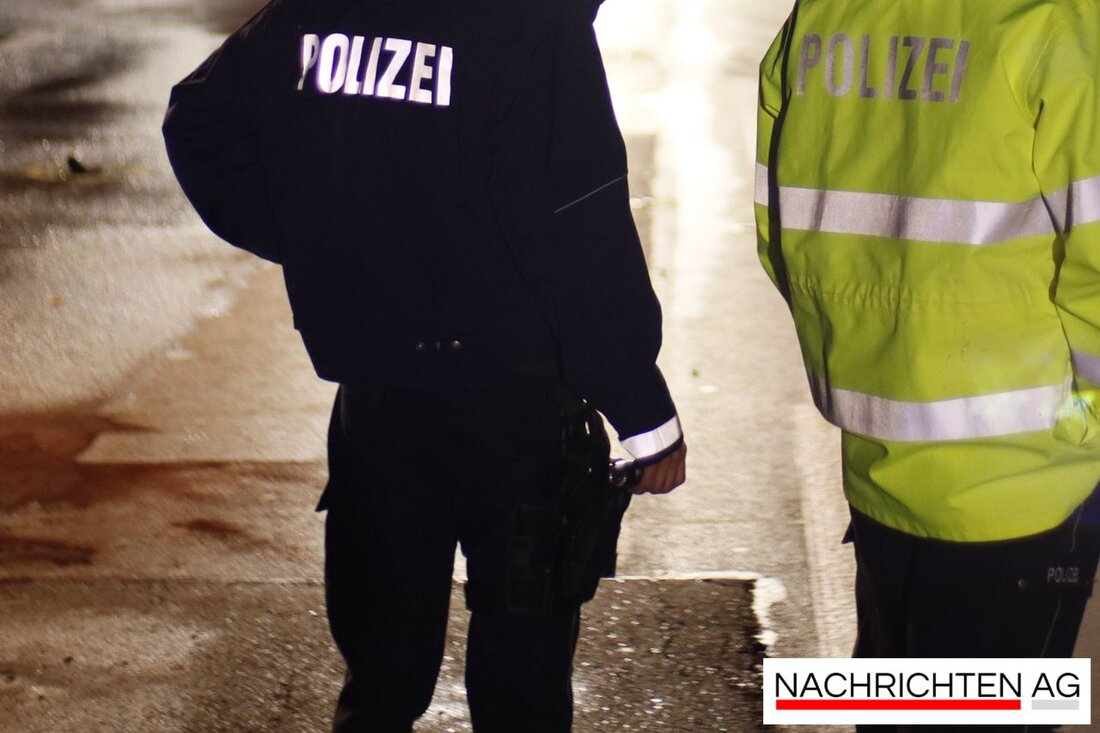Track in Wolfstein: Safety at level crossings again in question!

Track in Wolfstein: Safety at level crossings again in question!
Wolfstein, Deutschland - On April 10, a serious accident occurred in Wolfstein, where a train collided with a car. The driver stood on the tracks at the time of the incident when the train approached from the side. Emergency services reacted quickly to the incident, but the uncertainty after the operation remained. This situation again raises questions about safety at unrestricted level crossings, which in the past have already been responsible for numerous accidents, such as rheinpfalz.de
A particularly urgent example of the risk of level crossings occurred recently in Swabia. A 23-year-old driver drove over the tracks despite a red flashing light on the St. Andrew's cross and was hit by a passenger train. The train that came from Krumbach could no longer slow down in time. In the impact, the left side of the car was torn open. The driver was slightly injured, while the train driver and the 15 passengers remained unharmed. Nevertheless, the train was damaged after the accident, which meant that passengers had to switch to rail replacement traffic. The connecting road was blocked during the accident. According to the emergency call, which was received by the control center at 8:43 a.m. href = "https://www.tag24.de/unfall-bayern/trotz-rotem-blinklinklicht-autofaehr-ueber-dann-krein-zug-3384058"> tag24.de reported.
safety concerns of level crossings
The fact that accidents at level crossings often occur is alarming. According to a study by the International Railway Association UIC, 27 percent of all train accidents pass on these danger spots. In the event of accidents with deaths, it is even 98 percent. Stefan Pöting, Head of Railway Technology at TÜV Nord, emphasizes that every third accident happens at a level crossing from the perspective of the train, while from the perspective of road traffic, fewer than any hundredth accident occurs there. The technical safety devices, such as barriers and warning lights, make an important contribution to increasing security because they require it to be actively bypassed in order to get through the tracks, such as tuev-nord-group.com determined.
Pöting warns against underestimating the long braking paths of trains, which are often noticed too late. For example, a local train needs around 700 meters at a speed of 160 km/h to get to a standstill. This has fatal consequences, because even a heavy truck has no chance against a train. Due to the quiet trains and the often missing barriers, the risk of crossing a level crossing is not sufficiently conveyed in a regulatory basis. Therefore, Pöting appeals to the need to enlighten security: "It is better to get to the goal too late than to take a risk."
| Details | |
|---|---|
| Ort | Wolfstein, Deutschland |
| Quellen | |
